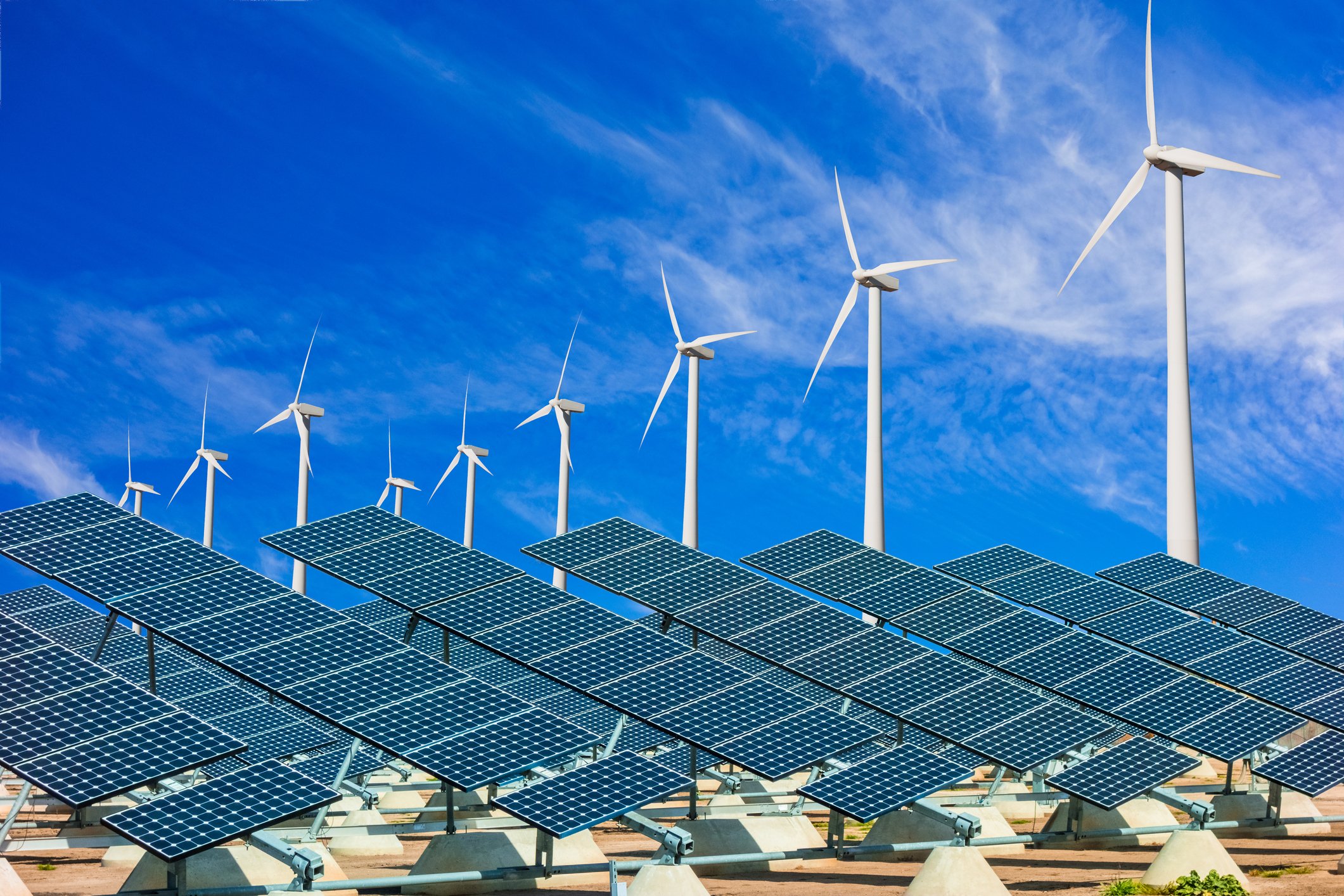Hydro is headed into stormy waters, according to a new report that links deforestation to reduced power output for a proposed dam in Brazil. While Amazonian rain forests might seem miles away from your portfolio profits, there are direct impacts and sector-wide implications from these new findings. Here's what you need to know.
All dried up
The Proceedings of the National Academy of Sciences released a report (link opens a PDF) last week turning power preconceptions upside down. Before this week, commonsense thinking proposed that if forests around a river were chopped down, more water would hit dam reservoirs, increasing capacity and maximizing electricity generation. In reality, although trees do take their fair share of groundwater out of river flow, they play a vital (and relatively larger) role in cloud and rainfall creation.
The study focuses its findings on Brazil's 11,200 MW Belo Monte Dam, currently under construction. According to the report, 40% deforestation in key forested areas could drop capacities by as much as 75% during dry months.
Dividend drought
While the second-largest hydroelectric dam in the world is collectively owned by the Brazilian government and local energy corporations, this study is hardly good news for Duke Energy's (NYSE: DUK) own Brazil operations. The North Carolina-based utility owns eight hydro facilities in Brazil with a total generation capacity of 2,300 MW. In its latest earnings report, CEO Jim Rogers noted that low reservoir levels helped knock 5% off the company's adjusted EPS. Rogers assured investors that Duke "will continue to monitor the reservoir levels." Unfortunately, monitoring is all that the company is capable of.
Seasonally unstable sales
Rain forests aside, this new report is also a reminder that hydroelectric power is hardly a steady source. Belo Monte is expected to hit 85% of its 11,000 MW capacity every April, but plummets to 5% in September. According to the study, the dam's annual generation could average out to just 35% (3,850 MW) of total capacity.
NextEra Energy (NEE +1.33%) sold off its last hydro assets in March to "further optimize [our] generation portfolio and concentrate [our] resources." NextEra is the largest renewables energy producer in the United States, and has been adding on heavily to other alternative energies. Just last week, it announced an order for 59 of General Electric's (GE 2.84%) new 1.7 MW wind turbines, the largest and most efficient turbines to date.
FirstEnergy (FE +0.29%) is following NextEra's lead, and plans to sell its 1,240 MW of hydro assets by 2014. The sale will improve FirstEnergy's debt dilemma, but should also help the utility concentrate resources on more stable energy sources.
Is hydro's heyday over?
Hydroelectric power was once espoused as the cleanest, greenest renewable energy around. However, over the decades, its expected efficiency has dropped as environmentalists and economists alike shattered investors' dreams.
Investing in the energy sector is a moving target, and wise investors will keep track of the latest news to make sure that their energy investments' energy portfolios will continue to pump profits for their own portfolios.









